Are you facing an issue where your Windows PC won’t boot unless you remove and put RAM back in? If you have to reseat the RAM to boot your computer every time, the solutions provided in this article will help you resolve this problem. This type of problem indicates that the issue may be with your RAM. However, other problems can also cause this issue.
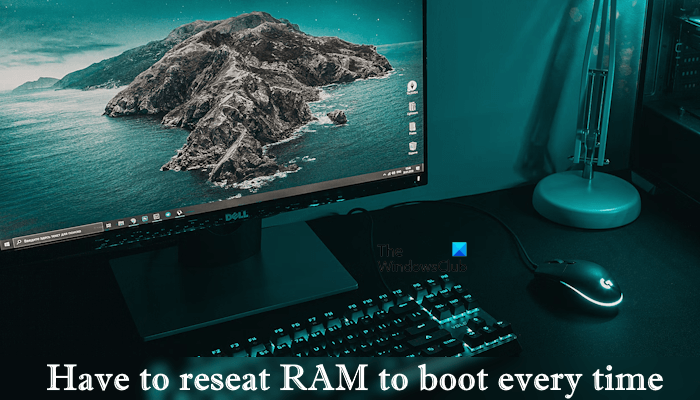
Have to reseat RAM to boot every time
If your Windows 11/10 PC won’t boot unless you remove and put RAM back in, then use the following suggestions to fix the issue:
- Hard reset your computer
- Try another RAM stick or RAM slot
- Clean RAM stick(s) and RAM slots
- Clear CMOS
- Perform a Memory test
- Update your chipset driver
- Update BIOS
- Hardware fault
Below, we have discussed all these fixes in detail.
1] Hard reset your computer
You can try to hard reset your computer and see if it helps. The steps to do this are as follows:
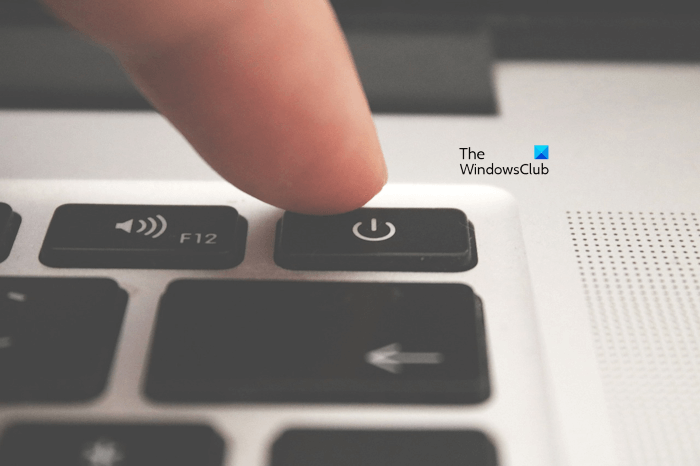
- Turn off your computer.
- Remove all the peripherals.
- Disconnect the power cord. If you have a laptop, remove its battery and disconnect the charger.
- Press and hold the power button for 30 to 45 seconds.
- Attach the battery and turn on your laptop or computer.
2] Try another RAM stick or RAM slot
Your RAM stick or RAM slot might be faulty. We suggest you check this. To do so, follow the steps provided below:
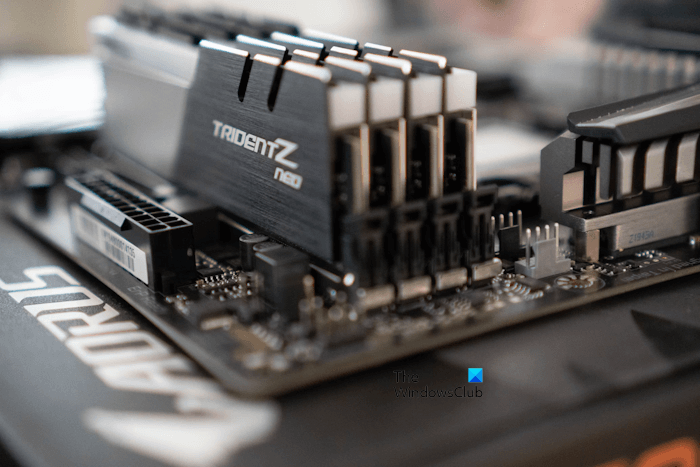
- If you have only one RAM stick, insert it in different RAM slots and see what happens.
- If you have more than one RAM stick, boot your computer with only one RAM stick at a time. Also, try all RAM slots.
The above steps will help you know whether the issue is associated with the RAM stick(s) or RAM slot(s).
3] Clean RAM stick(s) and RAM slots
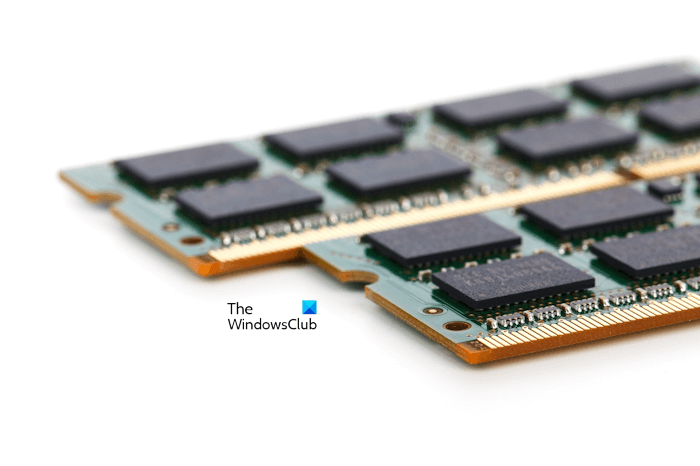
Your computer boots only when you reseat the RAM. This can occur due to dirty RAM sticks or RAM slots. The RAM stick is unable to make proper contact with the RAM slot due to dust until you reinsert it. We suggest you clean your RAM sticks and RAM slots and then see if the issue persists.
4] Clear CMOS
We also suggest you clear CMOS. This action will also reset your BIOS settings to the default values. You can clear CMOS by two methods, the jumper method and by removing the CMOS battery. The latter is the easiest method to reset or clear CMOS.
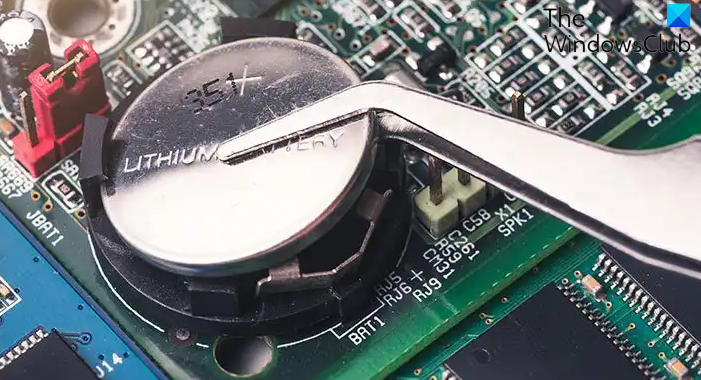
First, turn off your computer and remove the power cord to avoid the electric shock. Open your computer case and locate the CMOS battery. It is a small coin-shaped battery. Remove it, wait for a few minutes, and reinsert it. Now, turn on your computer and check if the problem persists.
5] Perform a Memory test
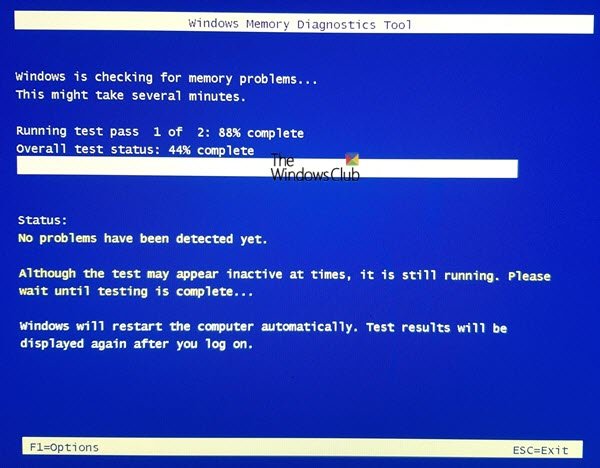
A faulty RAM causes several issues on a Windows computer. Therefore, we suggest you perform a memory test. Windows 11/10 has a built-in tool to test the RAM. Run the Windows Memory Diagnostic tool to test your RAM. If your RAM is faulty, replace it.
6] Update your chipset driver
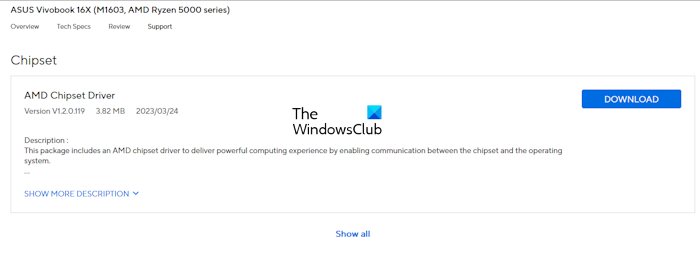
We also suggest you update your chipset driver. You can download the latest version of your chipset driver from the official website of your computer manufacturer. You need to enter your computer model number or serial number to download the right chipset driver. After downloading the driver, install it.
7] Update BIOS
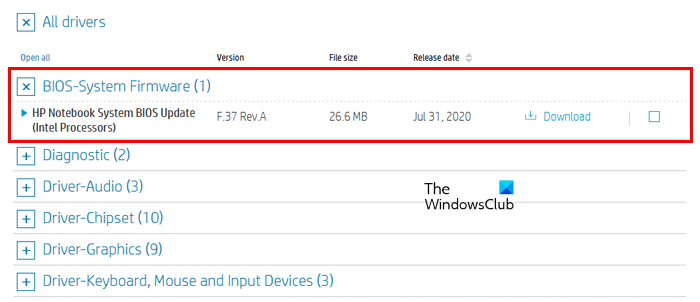
An outdated version of BIOS can cause several issues like the one you are facing. We suggest you update your BIOS by downloading its latest version (if available) from the official website of your computer manufacturer.
8] Hardware fault
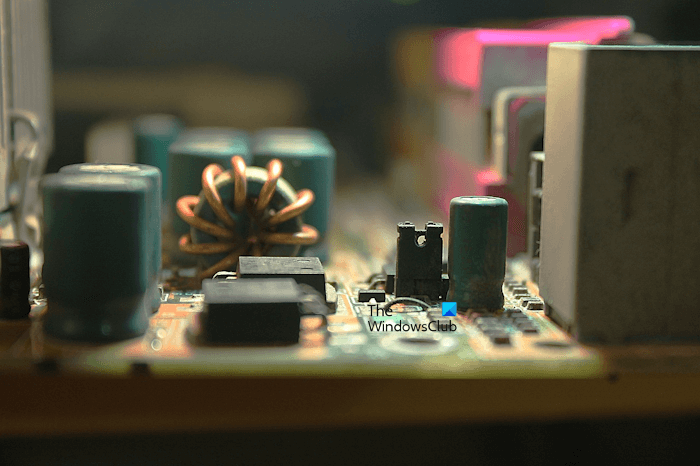
If none of the solutions worked, your system might have a hardware fault. The problem may be with your RAM stick(s), RAM slot(s), or your computer motherboard. Now, troubleshooting the issue is out of your scope. Therefore, take your computer to a professional computer repair technician to fix this problem.
That’s it. I hope this helps.
Is RAM responsible for booting?
Yes. Faulty RAM can cause several issues on a computer. Booting issues are among the most common symptoms of a faulty RAM. Moreover, you may also see frequent BSOD errors on your system if your RAM is faulty. Hence, if a RAM is faulty, replace it.
Does reseating RAM fix BSOD?
Usually, a BSOD is caused due to hardware issues. If the BSOD occurs in your system due to the faulty RAM, reseating the RAM will not fix it. However, there can be other causes for the BSOD errors. To fix the BSOD error, read the error code displayed on your screen and troubleshoot it accordingly. You can also view the BSOD logs in Event Viewer.
Read next: DRAM light on the motherboard is orange, but no display.
Leave a Reply